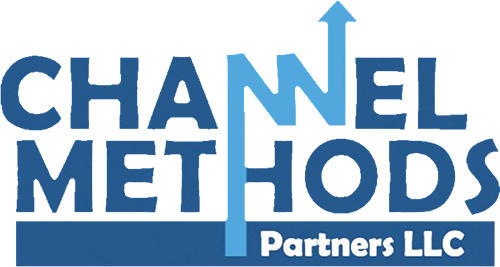In the fast-paced world of sales, the efficiency of Sales Development Representatives (SDRs) is paramount. An optimized schedule is not just a nice-to-have; it’s a necessity for maximizing productivity and driving revenue. This guide will walk you through the essential steps to craft a pitch-perfect SDR schedule that balances prospecting, follow-ups, meetings, and administrative tasks.
Understanding the Role of an SDR
SDRs are the linchpins of the sales process, tasked with prospecting and qualifying leads, setting up meetings, and ultimately paving the way for revenue generation. To excel, SDRs need a schedule that mirrors the importance of their role, allowing ample time for core activities while minimizing distractions.
The Importance of Time Allocation in SDR Schedules
Prospecting Time Blocks
Dedicating specific blocks of time to prospecting is crucial. This uninterrupted focus allows SDRs to deep-dive into identifying and reaching out to potential leads, enhancing their ability to uncover new opportunities. Allocate these blocks during peak calling times, using data to guide timing for the best chance of success.
Follow-Up Strategies
Timely and consistent follow-ups can make or break a sales opportunity. Schedule regular intervals for SDRs to reach out to prospects, ensuring they maintain momentum and keep your brand top of mind. This persistence is key in nurturing leads through the sales funnel.
Scheduling Meetings
Meetings, both internal and external, are vital for moving deals forward. By reserving specific times for these engagements, SDRs can manage their calendars more effectively, avoiding conflicts and ensuring they’re prepared for each interaction.
Administrative Task Management
While not as glamorous as closing deals, administrative tasks like updating CRM systems and data analysis are foundational to a well-oiled sales machine. Designate time blocks for these tasks to ensure they’re handled efficiently without impeding more direct revenue-generating activities.
Leveraging Peak Calling Times
Understanding and leveraging peak calling times can significantly enhance an SDR’s effectiveness. Analyze call data to identify when prospects are most receptive and adjust schedules accordingly. This strategic alignment can dramatically increase the odds of engaging in meaningful conversations.
Conclusion
Crafting the perfect schedule for your Sales Development Representatives is a dynamic and data-driven process. By prioritizing time for prospecting, follow-up, meetings, and administrative tasks—and aligning activities with peak calling times—you set the stage for maximum productivity and success.
Remember, the goal is to create a balanced schedule that supports your SDRs’ needs while optimizing for the highest impact activities. Regularly revisiting and adjusting this schedule will ensure it remains aligned with changing priorities and market conditions, keeping your sales efforts sharp and effective.
